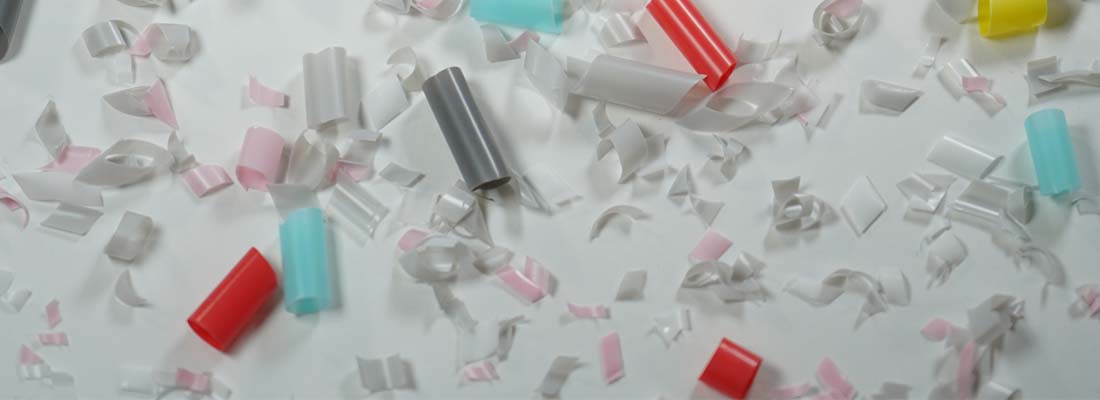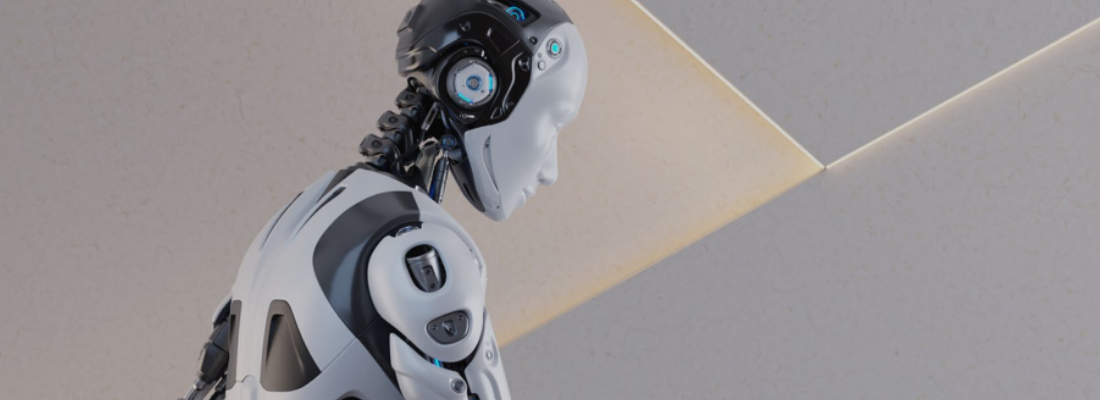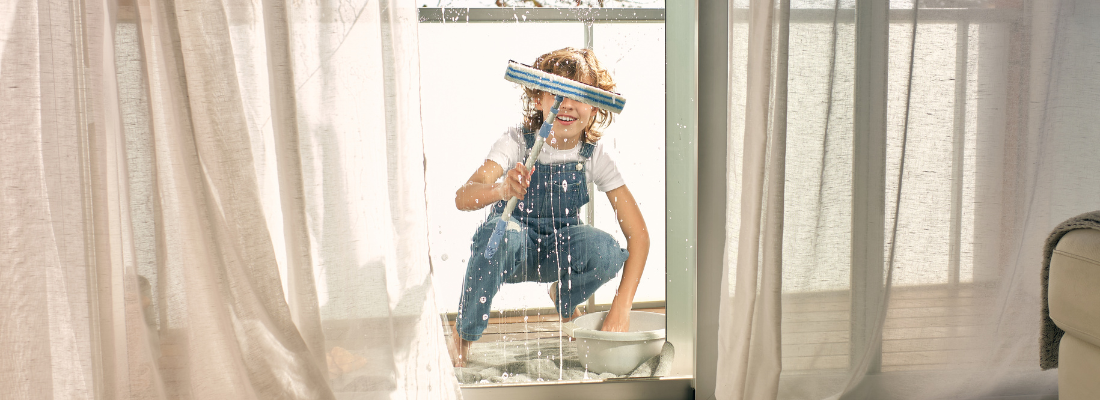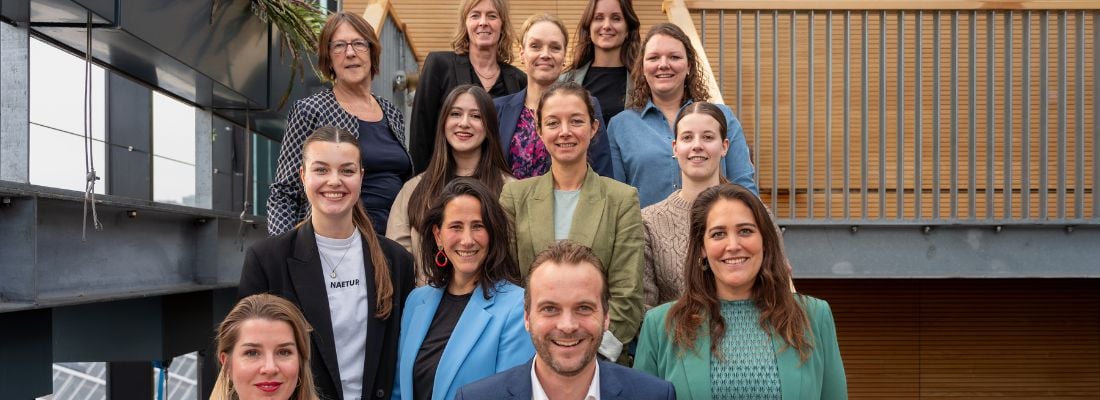The battle against Microplastic Pollution
What is microplastic pollution?
Microplastic pollution is a worldwide problem that must be faced in our battle to protect the environment. Microplastics are plastic particles of less than 5mm in diameter. They originate from a variety of sources including cosmetics, industrial processes, clothes washing and cleaning fluids.
It is estimated that a human can ingest anywhere from dozens to over 100.000 microplastic specks per day. So, we can see that plastic pollution and particularly microplastics are slowly poisoning us and our world. They are found everywhere, from deep oceans to arctic snow and falling rain. They have not only been found in fish but in table salt and drinking water.
Most worrying of all is the fact that microplastics may be able to enter cells and disrupt cellular activity and therefore are considered a serious threat to human health! Later we will explore some of the solutions leading manufacturers in our industry have found to reduce their microplastic impact to the environment.
Different kinds of microplastic particles
There are two classifications of microplastic particles. These are primary microplastics, that are purposely manufactured to be microscopic for use in toiletries and cleaning liquids. For example, the plastic microbeads that are found in facial exfoliators. The second type is secondary microplastics, these are plastic fragments that derive from the fragmentation or breakdown of larger plastic debris.
These secondary microplastics are the main components of a great sea of plastic floating in the ocean called the Great Pacific Garbage Patch. However, both types of microplastic are common polluters of the environment and are a particular problem in marine ecosystems. Just because they can’t be seen as easily as larger objects like plastic bottles, it doesn’t mean that collectively these plastics are not a huge scourge in our oceans.
Scientists and oceanographers have estimated that there are 15-51 trillion microplastic particles that have accumulated in oceans across the world. The trouble with microplastics is that over time they erode further, breaking down into particles as small as 1-100 nm. They divide and multiply to become what is known as nanoplastics. These microscopic particles pollute plant life and are ingested by fish, which are then in turn eaten by humans.
The danger of microplastics
Microplastics and nanoplastics may also, similar to asbestos fibres, enter the lungs and inflame lung tissue which could lead to cancer. Researchers are only just beginning to discover the myriad harmful effects that microplastics can have on us and the environment. In fact, even though scientists have looked at their effect on marine life, no published study has so far directly examined the effect of these plastic specks on people.
So microplastics could turn out to be even more harmful to humans than we think in the long term. Before pollution and danger to human and animal life gets any worse, an alternative needs to be found to reduce the number of microplastics. Many manufacturers have led the way by stopping the use of microbeads in their toiletries and personal care products.
However, the second type of microplastic, the one that breaks down from larger pieces of plastic, is much harder to control. These are the pieces of plastic that are tragically routinely found in the stomachs of fish and marine animals. Collective efforts must be made to stop so much plastic waste from entering our oceans.
Microplastics in the cleaning industry
The need for reduced use of microplastics in the cleaning industry is a pressing issue. As well as being present within toiletries, microplastics were also common in cleaning liquids. For example, they are used to help enhance the scrubbing power of certain cleaning fluids. Diversey, a leading supplier of natural cleaning products, offer alternative sustainable solutions containing sugar beet, maize, straw bran, wheat bran and coconut.
Because of their detrimental effect on the environment, it is essential that forward thinking manufacturers such as these find alternatives to microplastics. Kaercher, a worldwide supplier of cleaning solutions, is working on producing recyclable containers to eliminate the problem of microplastics that derive from detergent packaging.
Both Diversey and Kaercher are leading companies within the international cleaning industry that have exhibited at Interclean in Amsterdam, the world’s leading platform for professionals in the world of cleaning and hygiene. They will return to the Interclean show in 2022 to showcase their latest innovations.
A leading cleaning industry manufacturer that is focussed on eliminating mircoplastics is Decitex. Specialists in smart textiles, they have produced an ecolabel patented microfibre mop made of 70% recycled materials, with an extremely low emission rate of microplastics. They will also exhibit their innovative designs at the Interclean Show in 2022.
Another Interclean exhibitor is Greenspeed, a leading supplier of innovative and effective cleaning solutions, who are looking at the bigger picture of how to reduce microplastics. Greenspeed are supporting the development of an IoT microplastics filter to keep seawater clean.
Many plastic particles are released when synthetic fibres are washed, such as fleece clothing. The Dutch design agency MarcelvangalenDesign has come up with a microplastics filter for washing machines, that collects tiny plastic particles during the laundry process. Greenspeed is supporting the company to enable this solution to be rolled out on a grand scale internationally.
Next year’s show will run from the 10th to the 13th of May at the RAI in Amsterdam. To find out more visit www.intercleanshow.com/amsterdam/
Share your stories with us!
Do you have an innovation or interesting news you would like to share with the professional cleaning and hygiene industry? The Interclean website and social media channels are a great platform to showcase your stories!
Please contact our press department interclean@rai.nl.
Are you an Interclean exhibitor?
Make sure you add your latest press releases to your Company Profile in the Exhibitor Portal for free exposure.
Receive the best newsletter on cleaning & hygiene - straight to your inbox!
We promise never to send you spam and you can unsubscribe at any time!








